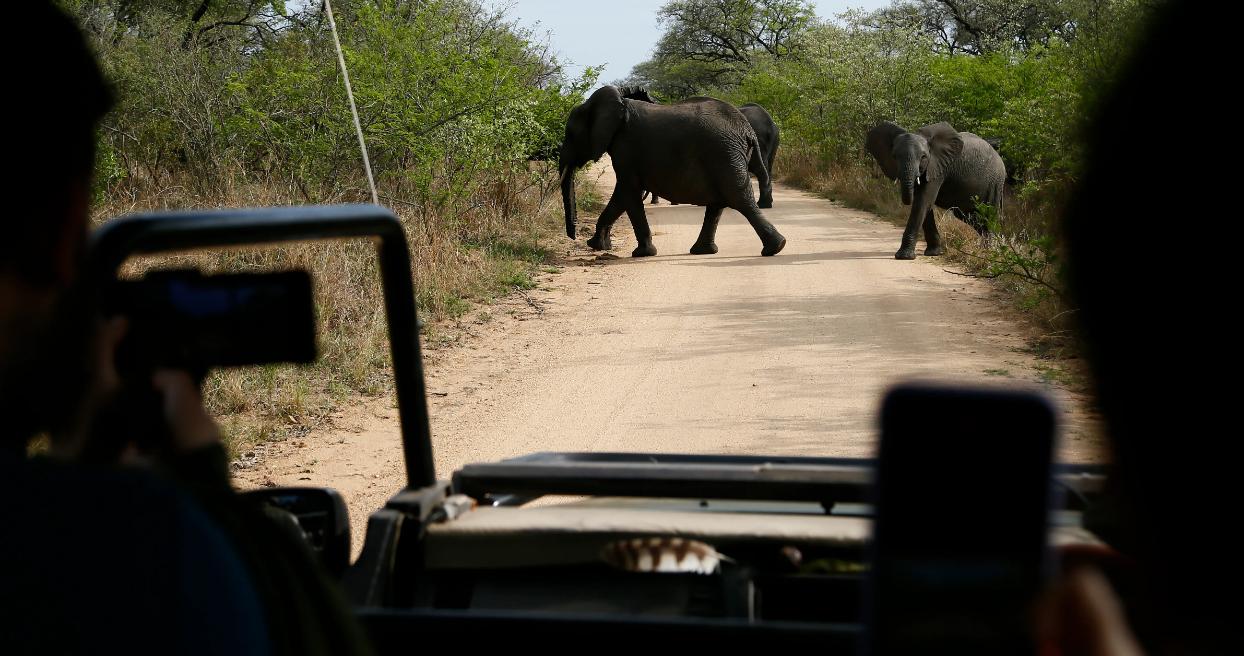As the UN Biodiversity Conference (COP 16.2) convened last week…

Beijing’s air pollution success story could offer Hanoi valuable lessons
Beijing, once among the most polluted cities globally, has significantly improved its air quality over the past two decades, with its experience possibly providing Hanoi with valuable insights into the severe air pollution that the Vietnamese capital is enduring.

With over 20 million residents and a heavy reliance on coal particularly for winter heating, Beijing previously faced severe air quality challenges.
In 1998, Beijing launched a decisive campaign against air pollution, targeting coal combustion and vehicle emissions.
Around 2013, the Chinese capital intensified its anti-pollution efforts, focusing on coal-fired boilers, cleaner fuels, and industrial restructuring.
Between 2013 and 2017, PM2.5 concentrations in Beijing dropped 35 percent, while the Beijing – Tianjin – Hebei region saw a 25-percent reduction.
Harmful pollutants that significantly impact air quality and human health like sulfur dioxide, nitrogen oxides, and PM10 saw falls ranging from 43 percent to 83 percent.
PM2.5 and PM10 refer to tiny airborne particles or droplets with the respective diameters of 2.5 micrometers and 10 micrometers or smaller.
These achievements were driven by such policies as strict limits on coal use, curbs on private vehicles, promotion of electric vehicles, industrial transformation, afforestation, public transport expansion, and regional cooperation.
Beijing’s air pollution success story highlighted four key lessons.
Among them is one where the Chinese city made substantial investment in pollution reduction.
It tightened regulations on emissions from traffic and industry, while expanding green spaces, as well as improving public transparency and education to raise awareness about environmental protection.
These efforts reduced PM2.5 levels in Beijing by more than 60 percent over a decade.

Meanwhile, Hanoi, with over seven million vehicles and numerous industrial facilities yet to be relocated from inner-city areas, is facing financial difficulties in its environmental programs.
A thick haze settles over Hanoi every winter, with its air quality index (AQI) frequently reaching unhealthy and hazardous levels.
Many monitoring stations citywide frequently report AQI readings in the ‘very unhealthy’ category, posing a growing threat to public health.
Late last month, Hanoi called for timely updates on air quality and encouraged the use of public transport as well as the research of tax incentives for biofuel trading to address severe air pollution, as part of the comprehensive measures directed by the capital administration to deal with the situation.
The action came after a month of hazardous air quality levels posing significant risks to public health.
To achieve significant progress, the Vietnamese capital needs to prioritize funding for pollution control projects, treating it as a long-term investment in public health and sustainable urban development.
Hanoi should enforce stricter emissions standards for private vehicles, encourage electric vehicle adoption, and accelerate plans to move factories out of inner-city areas.
Expanding green spaces, planting trees, and planning more public areas across the city are essential long-term solutions.
Air pollution is not only an environmental issue, but it also directly impacts public health and sustainable growth.
While Hanoi can learn from Beijing’s experience, the Vietnamese capital’s air pollution success will depend on decisive actions and strong commitments from both authorities and residents.
Beijing took around 20 years to make its air quality better.
It is time for Hanoi to take bold and swift measures to safeguard its residents and the environment. Otherwise, a clear, blue sky would remain a distant dream for Hanoians.
* This is an adapted report on a Vietnamese article by Trinh Le Nguyen, executive director at the People and Nature Reconciliation (PanNature), a Vietnamese non-profit dedicated to conserving nature and protecting the environment.
Source: Tuoi Tre News



